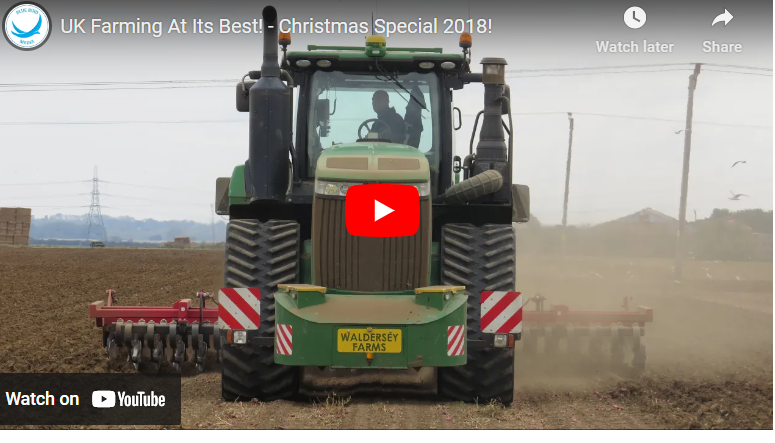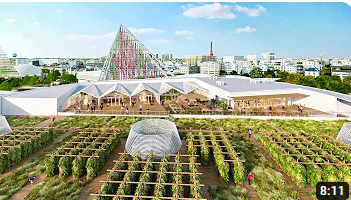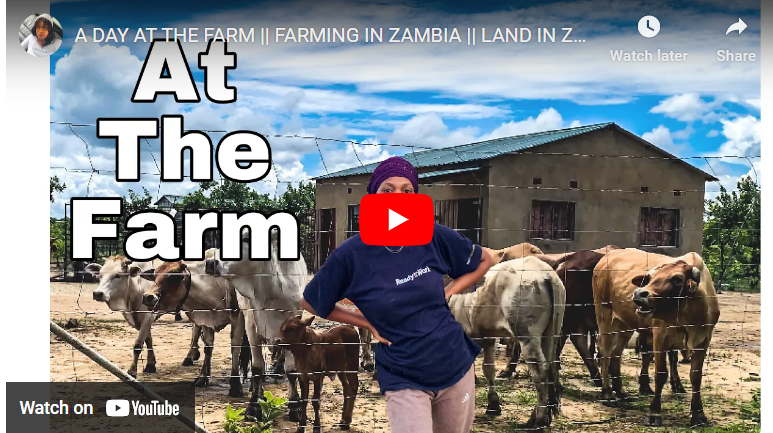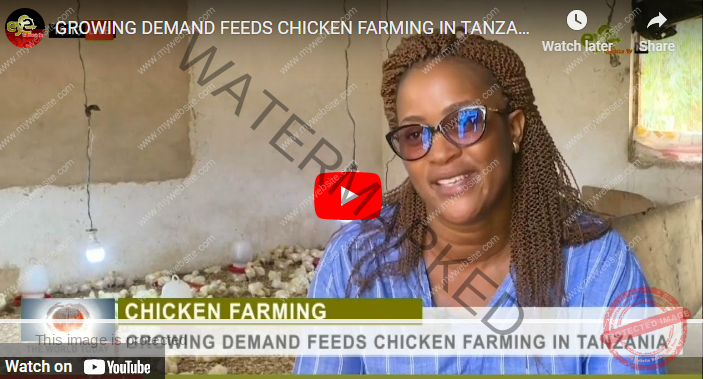The UK has a rich agricultural history, with farming playing a crucial role in its economy and culture. While agricultural practices have changed over time, farming remains an important industry in the UK, with thousands of farms spread across the country.
Some counties, however, stand out for their sizeable agricultural land and the number of farms they house.
Some of the biggest farming counties in the UK, based on various metrics such as the area of agricultural land, the number of farms, and total agricultural output include Yorkshire, Lincolnshire, Devon, Norfolk, Shropshire, Suffolk, Northumberland, Kent, Somerset, Hampshire, Cornwall, and Worcestershire.
12 Biggest Farming Counties UK
The 12 biggest farming counties in the UK outlined and discussed here are based on various metrics such as the area of agricultural land, the number of farms, and total agricultural output.
Below are the 12 biggest farming counties in the UK that we will explore and highlights their importance in the UK’s farming industry and economy.
Read Also: 12 Biggest Agricultural Show In UK
#1. Yorkshire
Area of Agricultural Land: 2.9 Million Acres
Number of Farms: Over 12,000 Farms
Yorkshire is the tenth-largest farming county in the UK, covering an area of 2.9 million acres. The county has over 12,000 farms, and its agriculture is characterized by a mix of livestock and arable farming.
Yorkshire is known for its beef and sheep farming and is one of the largest producers of lamb in the UK. The county also produces a variety of crops, including cereals, potatoes, and vegetables.
With a total agricultural output of over £1.5 billion, Yorkshire’s farming industry is a significant contributor to the UK’s food production and economy.
Read Also: Top 10 Biggest Farms In The World
#2. Lincolnshire
Area of Agricultural Land: 2.7 Million Acres
Number of Farms: Over 4,600 Farms
Lincolnshire is the largest farming county in the UK and covers an area of 2.7 million acres. The county has over 4,600 farms and produces a wide variety of crops, including wheat, barley, oilseed rape, and potatoes.
It is also known for its livestock farming, particularly the production of pigs, poultry, and dairy. With a total agricultural output of over £1.3 billion, Lincolnshire’s farming industry plays a significant role in the UK’s food production and economy.
Read Also: Top 8 Biggest Agricultural Companies In USA
#3. Devon
Area of Agricultural Land: 1.5 Million Acres
Number of Farms: Over 6,000 Farms
Devon is the second-largest farming county in the UK, covering an area of 1.5 million acres. The county has over 6,000 farms, and its agriculture is known for its diversity, with a mix of crops, livestock, and dairy farming.
Devon is the largest producer of beef and lamb in the UK and is also known for its fruit and vegetable production. The total agricultural output of Devon is estimated at over £600 million, contributing significantly to the UK’s food production and economy.
Read Also: 12 Biggest Farming Countries in the World
#4. Norfolk
Area of Agricultural Land: Over 3,500 Farms
Number of Farms: 1.4 Million Acres
Norfolk is the seventh-largest farming county in the UK, covering an area of 1.4 million acres. The county has over 3,500 farms, and its agriculture is known for its arable production.
Read Also: Richest Sikh Farmers In California
Norfolk is the largest producer of potatoes and sugar beet in the UK and also produces a significant amount of cereals, including wheat, barley, and oats.
The county also has a strong livestock farming industry, particularly in pig and poultry production.
With a total agricultural output of over £500 million, Norfolk’s farming industry is an important contributor to the UK’s food production and economy.
#5. Shropshire
Area of Agricultural Land: 1.2 Million Acres
Number of Farms: Over 3,700 Farms
Shropshire is the fourth-largest farming county in the UK, covering an area of 1.2 million acres.
The county has over 3,700 farms, and its agriculture is characterized by a mix of livestock and arable farming. The county is known for its dairy farming and is one of the largest producers of cheese in the UK.
Shropshire also has a significant poultry industry and produces a variety of crops, including wheat, barley, and potatoes.
With a total agricultural output of over £400 million, Shropshire’s farming industry plays an important role in the UK’s food production and economy.
#6. Suffolk
Area of Agricultural Land: 1.1 Million Acres
Number of Farms: Over 3,000 Farms
Suffolk is the sixth-largest farming county in the UK, covering an area of 1.1 million acres. The county has over 3,000 farms, and its agriculture is characterized by a mix of arable and livestock farming.
Read Also: 12 Biggest Farming Countries in Europe
Suffolk is the largest producer of barley and rapeseed in the UK and also produces a significant amount of wheat, potatoes, and sugar beet.
The county has a strong livestock farming industry, particularly in pig and poultry production.
With a total agricultural output of over £500 million, Suffolk’s farming industry is an important contributor to the UK’s food production and economy.
#7. Northumberland
Area of Agricultural Land: 958,000 Acres
Number of Farms: 2,000 Farms
Northumberland is the ninth-largest farming county in the UK, covering an area of 958,000 acres. The county has over 2,000 farms, and its agriculture is characterized by a mix of livestock and arable farming.
Northumberland is known for its sheep farming and is one of the largest producers of lamb in the UK.
The county also produces a variety of crops, including cereals, potatoes, and vegetables.
With a total agricultural output of over £250 million, Northumberland’s farming industry is an important contributor to the UK’s food production and economy.
#8. Kent
Area of Agricultural Land: 730,000 Acres
Number of Farms: Over 3,200 Farms
Kent is the fifth-largest farming county in the UK, covering an area of 730,000 acres. The county has over 3,200 farms, and its agriculture is known for its fruit and vegetable production.
Kent is the largest producer of apples and cherries in the UK and also produces a significant amount of hops for the brewing industry.
The county also has a strong livestock farming industry, particularly in beef and sheep production.
With a total agricultural output of over £550 million, Kent’s farming industry is a significant contributor to the UK’s food production and economy.
#9. Somerset
Area of Agricultural Land: 710,000 Acres
Number of Farms: Over 3,000 Farms
Somerset is the eleventh-largest farming county in the UK, covering an area of 710,000 acres. The county has over 3,000 farms, and its agriculture is characterized by a mix of livestock and arable farming.
Somerset is known for its dairy farming and is one of the largest producers of cheese in the UK. The county also has a significant beef and sheep farming industry and produces a variety of crops, including cereals, potatoes, and vegetables.
With a total agricultural output of over £400 million, Somerset’s farming industry plays an important role in the UK’s food production and economy.
#10. Hampshire
Area of Agricultural Land: 570,000 Acres
Number of Farms: Over 1,500 Farms
Hampshire is the eighth-largest farming county in the UK, covering an area of 570,000 acres. The county has over 1,500 farms, and its agriculture is characterized by a mix of livestock and arable farming.
Hampshire is known for its dairy farming and is one of the largest producers of milk in the UK. The county also has a significant beef and sheep farming industry and produces a variety of crops, including wheat, barley, and oilseed rape.
With a total agricultural output of over £300 million, Hampshire’s farming industry plays an important role in the UK’s food production and economy.
#11. Cornwall
Area of Agricultural Land: 378,000 Acres
Number of Farms: Over 3,400 Farms
Cornwall is the third-largest farming county in the UK, covering an area of 378,000 acres. The county has over 3,400 farms, and its agriculture is characterized by a mix of livestock and arable farming.
Cornwall is known for its high-quality produce, including beef, lamb, and vegetables. The county also has a strong fishing industry, with many of its coastal communities dependent on fishing for their livelihoods.
With a total agricultural output of over £200 million, Cornwall’s farming and fishing industries are important contributors to the UK’s food production and economy.
#12. Worcestershire
Area of Agricultural Land: 330,000 Acres
Number of Farms:
Worcestershire is the twelfth-largest farming county in the UK, covering an area of 330,000 acres.
The county has over 2,000 farms, and its agriculture is characterized by a mix of livestock and arable farming.
Worcestershire is known for its fruit and vegetable production, particularly its asparagus, and also produces a significant amount of hops for the brewing industry.
The county also has a strong livestock farming industry, particularly in beef and sheep production.
With a total agricultural output of over £250 million, Worcestershire’s farming industry is an important contributor to the UK’s food production and economy.
UK Agriculture Statistics
The UK agriculture industry is a significant contributor to the country’s economy, generating over £24 billion in 2019.
The industry employs over 475,000 people across approximately 200,000 farms throughout the country.
The UK is known for its production of beef, lamb, pork, poultry, dairy products, and crops, including cereals, fruits, and vegetables.
The sector is also a major contributor to the country’s food and drink exports, with exports of over £23 billion in 2020.
Types of Farming in the UK
The UK has a diverse range of farming types, including arable farming, livestock farming, and mixed farming.
Arable farming is prevalent in the East of England and the Midlands, and involves the cultivation of crops such as wheat, barley, and oilseed rape.
Livestock farming is more common in the West of England, Scotland, and Wales and includes dairy, beef, sheep, and pig farming.
Mixed farming is prevalent throughout the UK and involves a combination of arable and livestock farming.
Number of Farms in the UK
As of 2020, there are approximately 200,000 farms in the UK, covering an area of 60 million acres. The number of farms in the UK has been declining in recent years, but the average farm size has increased.
The majority of farms in the UK are small family-run operations, with 90% of farms being classified as family farms.
UK Farming Facts
The UK agriculture industry produces over 60% of the food consumed in the country. The industry is also a major contributor to the country’s economy, generating over £24 billion in 2019.
The country’s agriculture sector employs over 475,000 people and covers 60 million acres of land.
Largest Farm in the UK
The largest farm in the UK is the Elveden Estate in Suffolk, covering an area of 22,500 acres. The estate has been owned by the Guinness family since 1894 and produces a range of crops, including potatoes, onions, carrots, and parsnips.
UK Agriculture Products
The UK is known for its production of a wide range of agricultural products, including beef, lamb, pork, poultry, dairy products, and crops. Some of the most significant crops produced in the UK include wheat, barley, oilseed rape, potatoes, and vegetables.
What Are the Best Crops Grown in the UK
The UK climate is suitable for growing a variety of crops, but some of the best crops grown in the UK include wheat, barley, oats, oilseed rape, and potatoes.
The country is also known for its production of fruits such as apples, berries, and grapes, as well as vegetables such as carrots, onions, and peas.
Average Farm Size in the UK
The average farm size in the UK has been increasing in recent years and is currently around 80 hectares (198 acres).
However, there is significant variation in farm sizes across the country, with the largest farms typically found in the East of England and the smallest in the South West.
Conclusion
The 12 biggest farming counties in the UK are home to a significant number of farms and vast agricultural lands. These counties play a vital role in the UK’s agricultural sector and contribute to the country’s economy. By exploring these counties’ agricultural landscapes, we gain a better understanding of the UK’s farming industry’s diversity and importance.





This post is Very informative and educative.